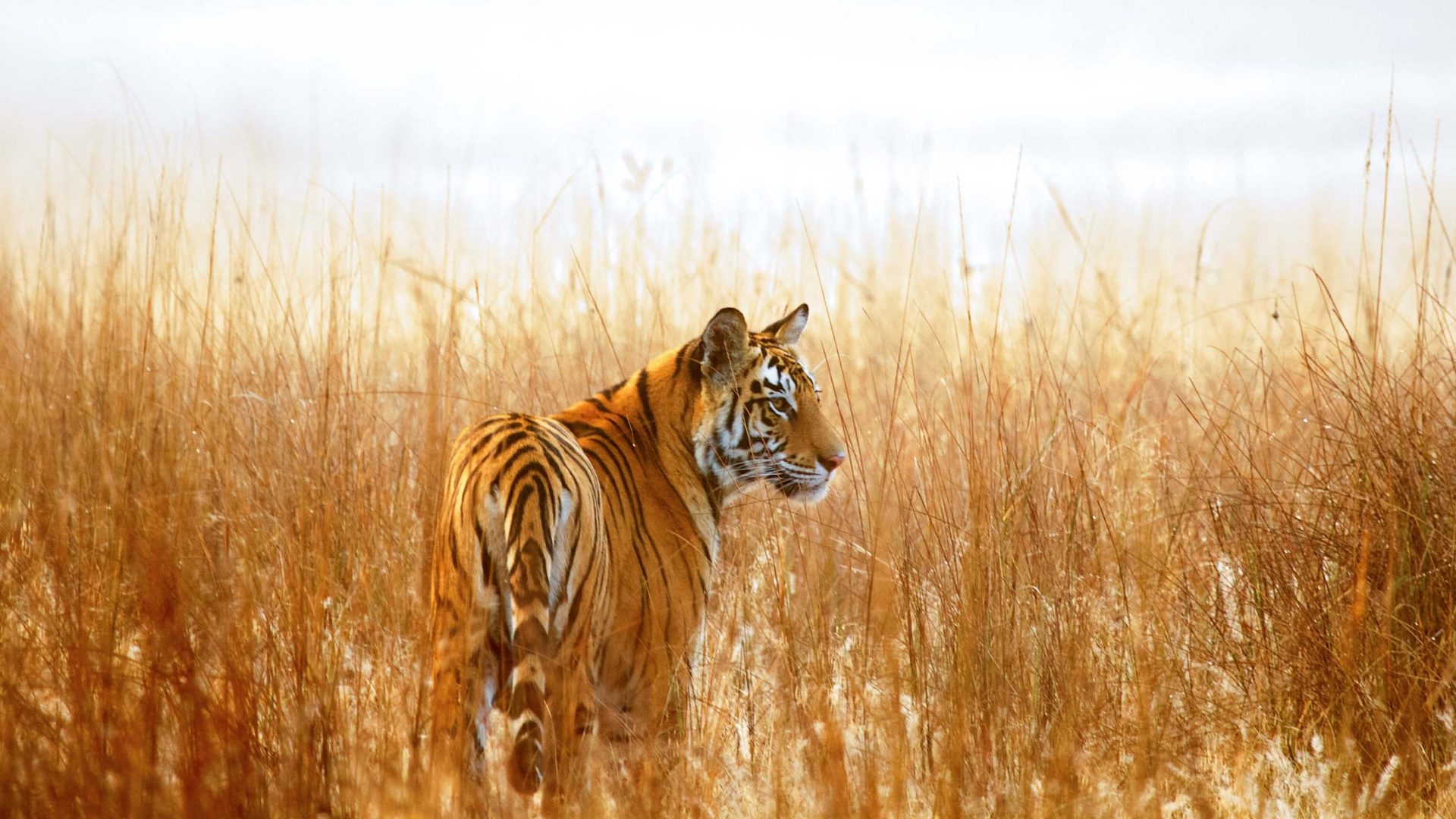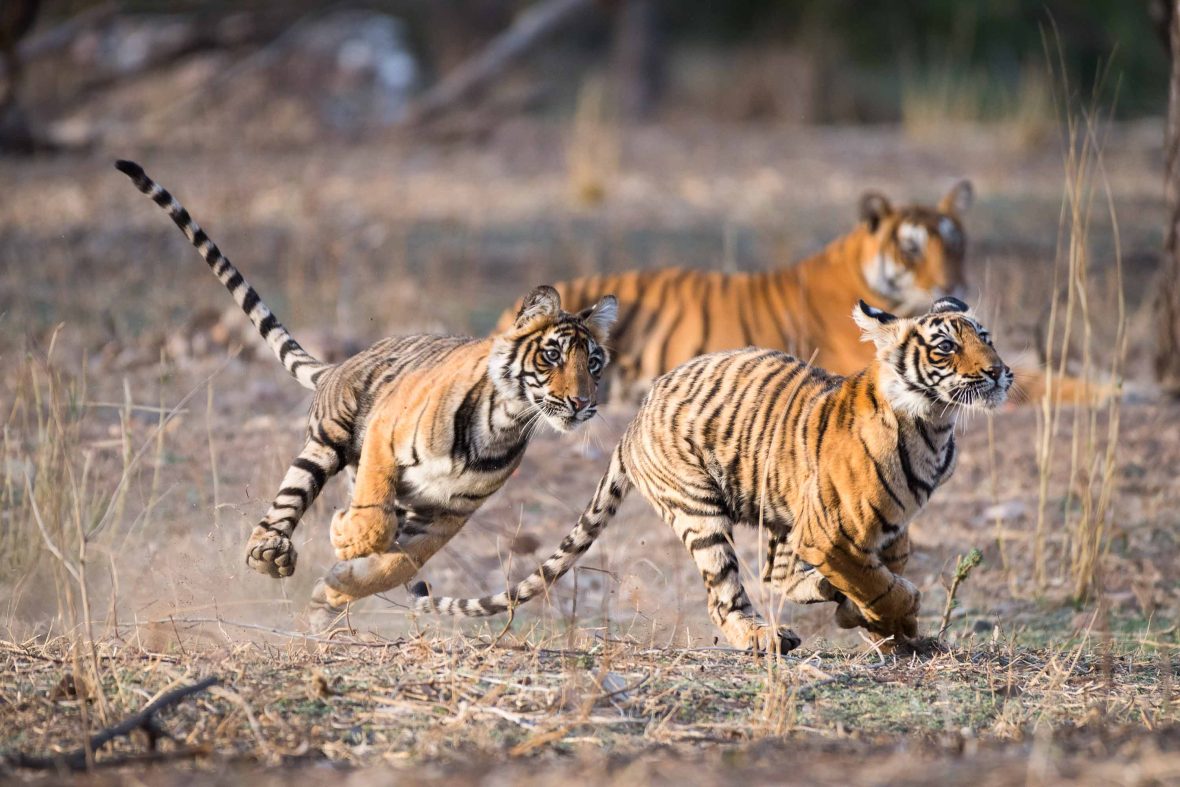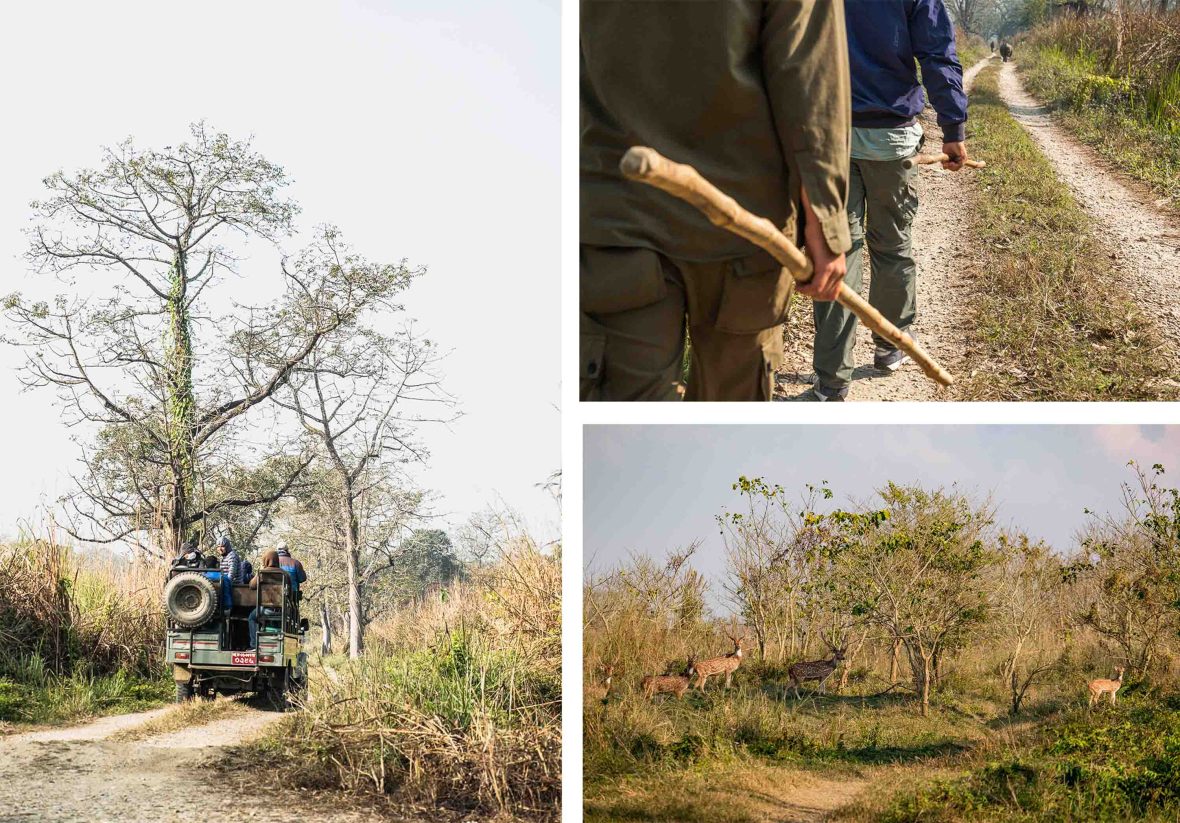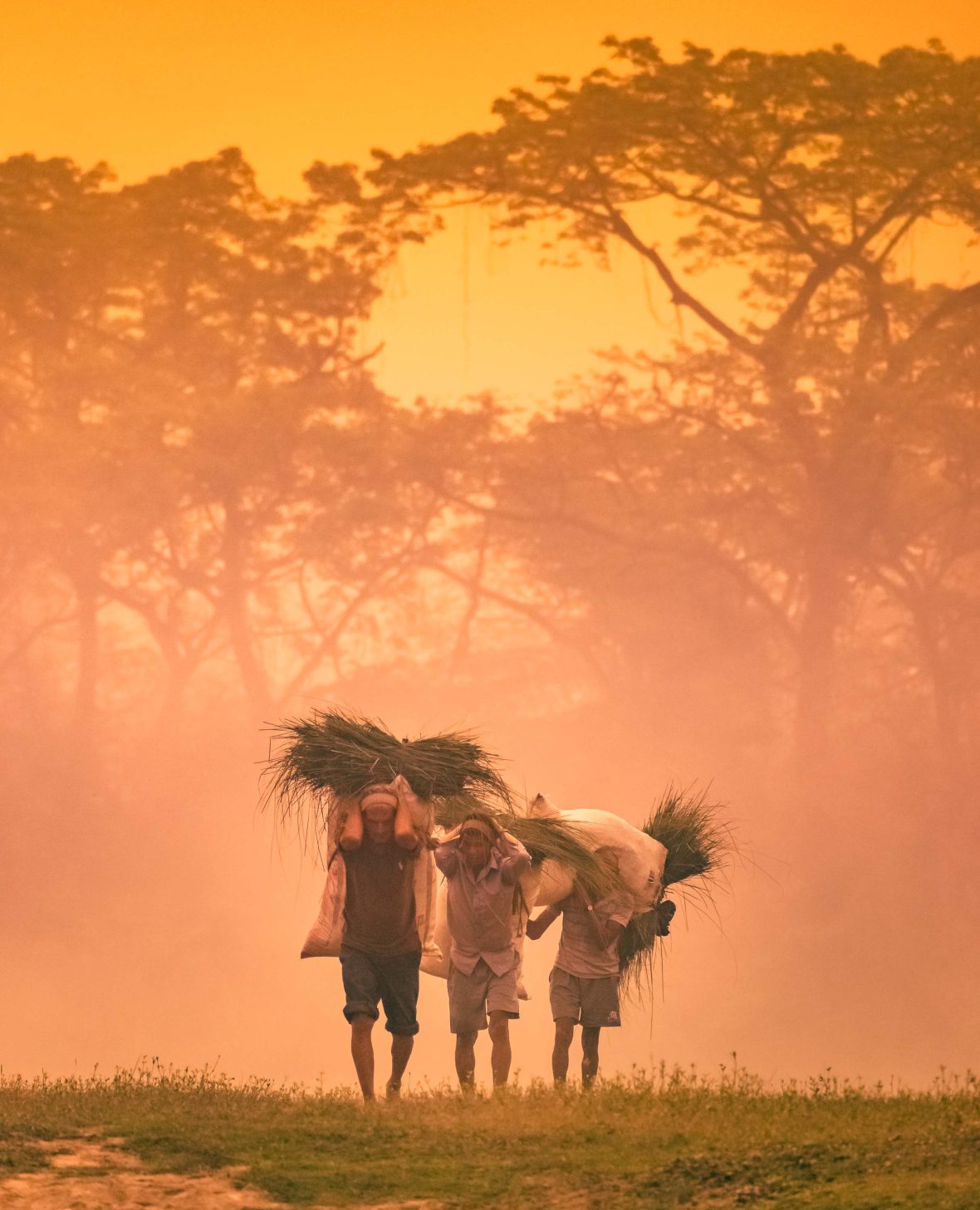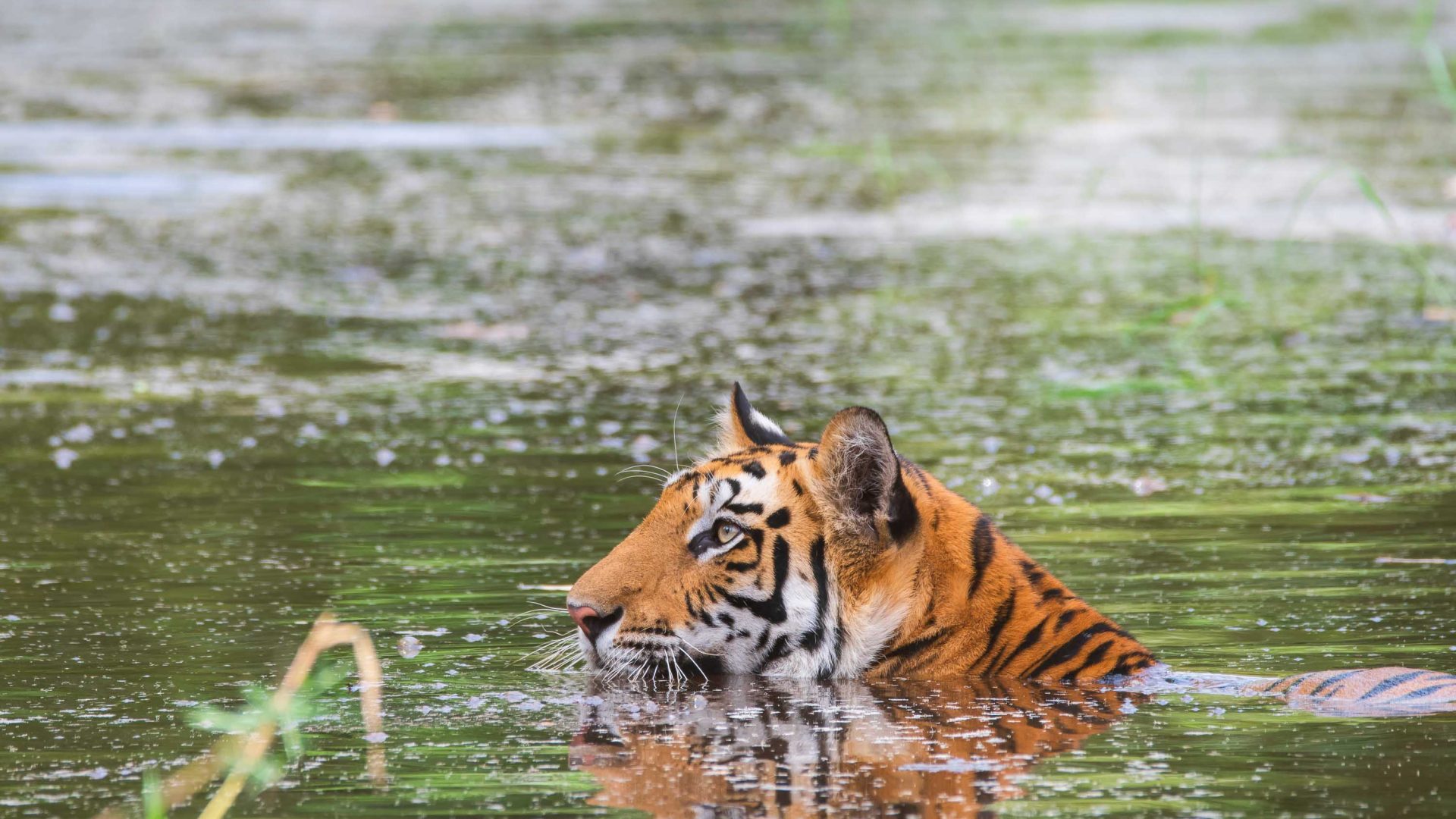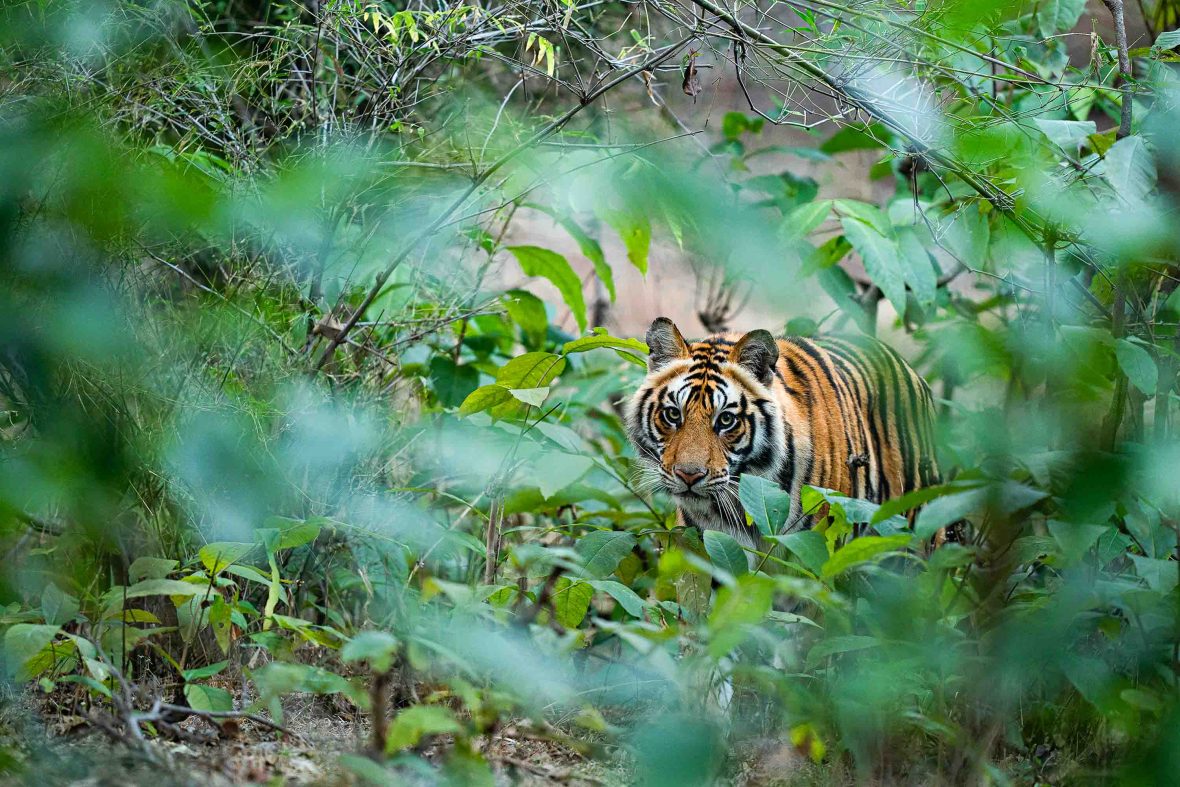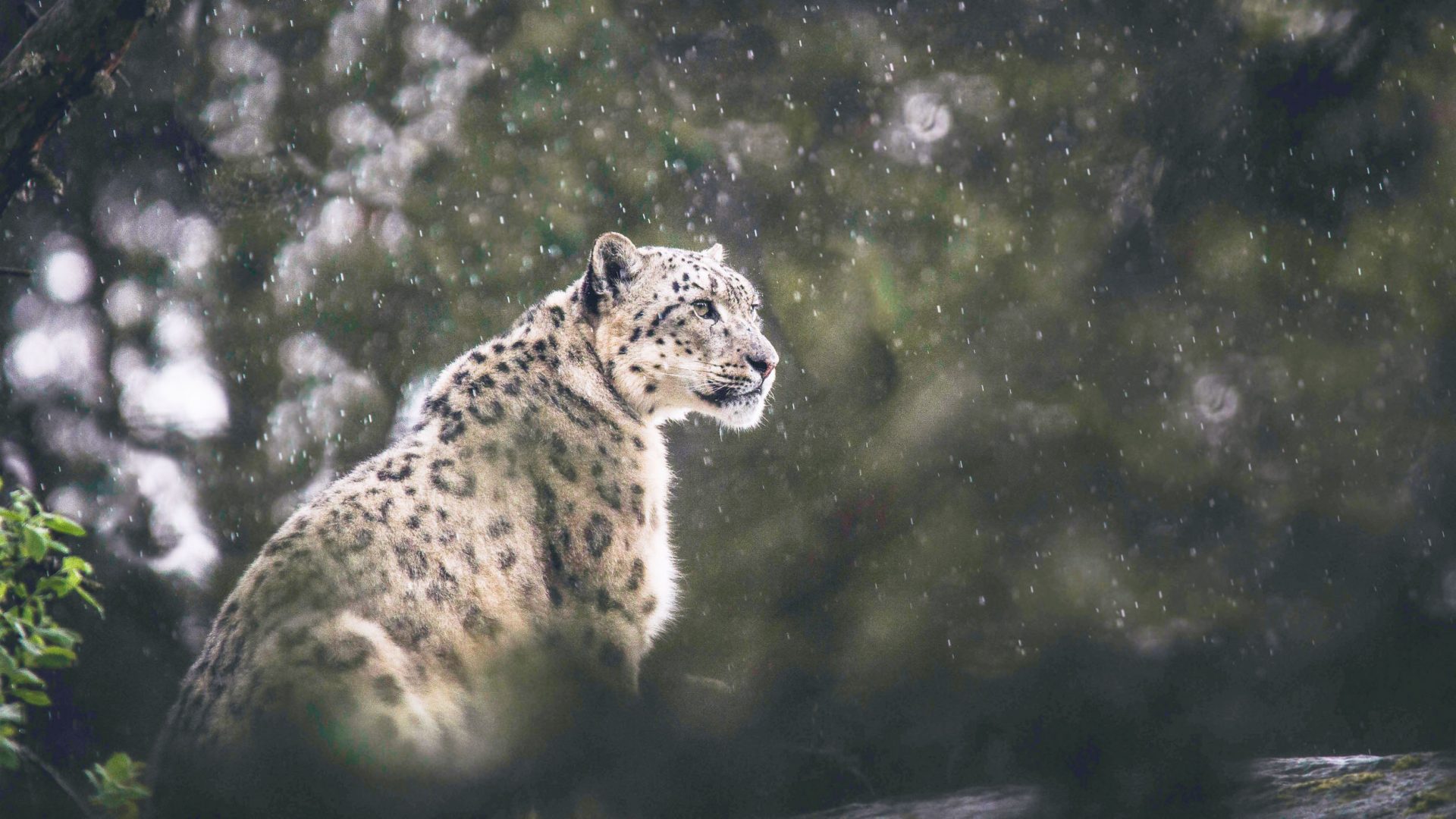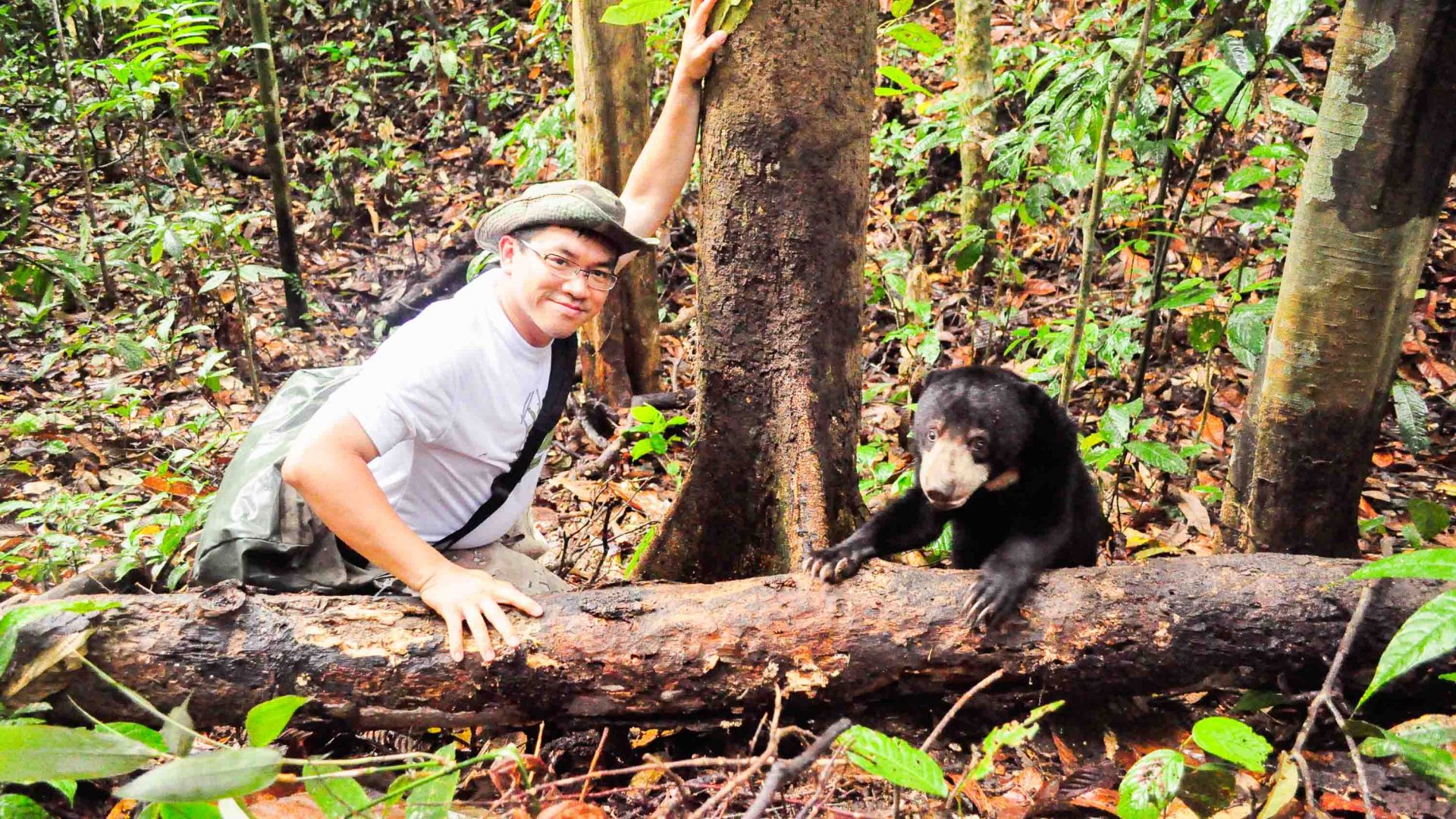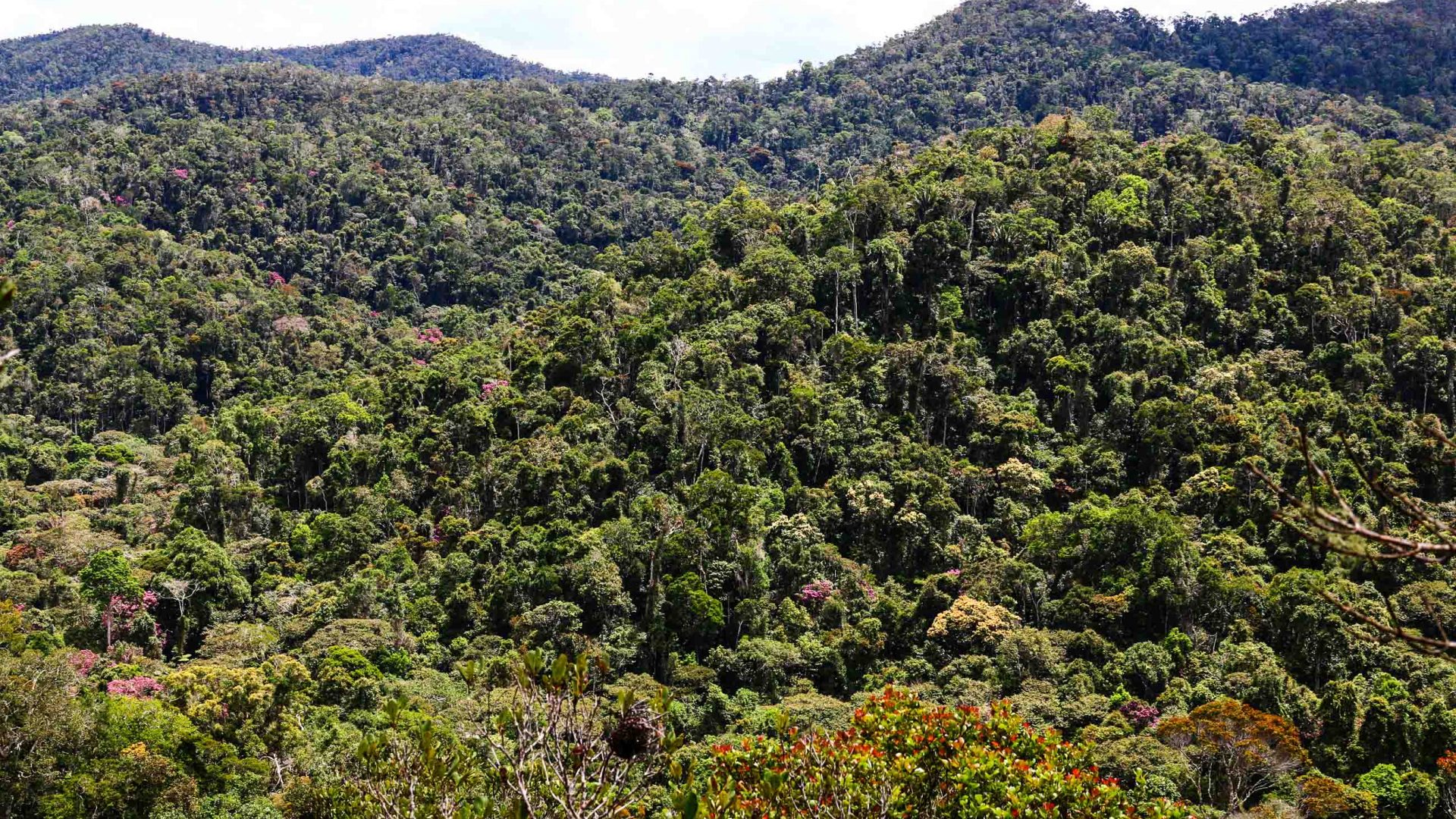There is also much talk of ‘green corridors’ to link up habitats, which allows tigers more freedom of movement. “We need to think about habitat restoration initiatives that increase habitat availability and climate refugia [locations supporting an isolated population of a previously more widespread species] for tigers,” says Carter, “while also supporting the efforts of local communities to act as stewards of those forests and grasslands for the future.”
In Chitwan, Birendra wants marginalized people to be represented in the buffer zone management committee, including Tharu citizens and women. “If you ask the National Park and other officials, they’d say we have a democratic system, and we do,” he says. “But there are too many barriers. A change to the election system in buffer zones is necessary. We want to demand a say in policies.”
The governments of tiger-range countries are now collaborating to define global tiger conservation goals for the next 12-year lunar cycle, up to 2034. With community leadership at the core of progress to date, moving forward with that is set to be top of the agenda.
